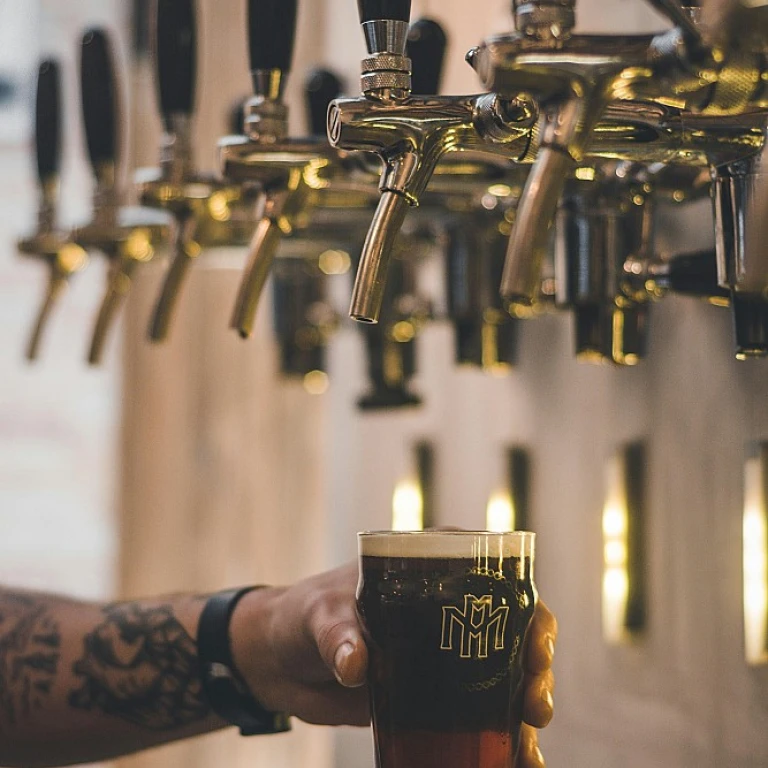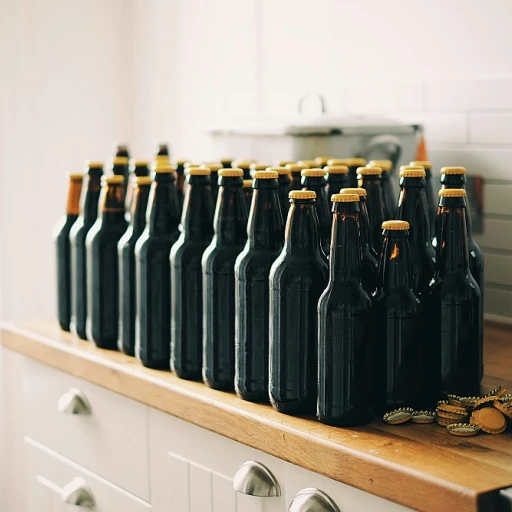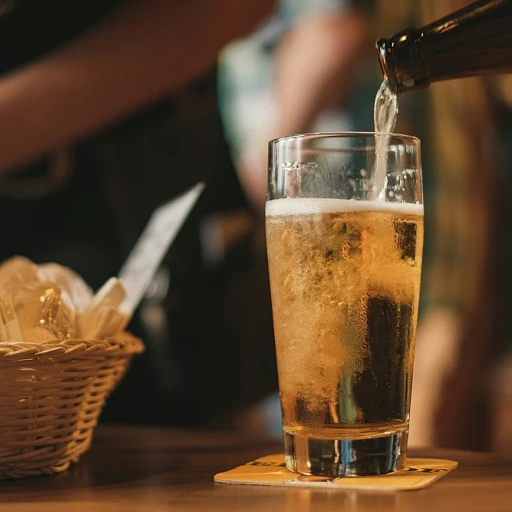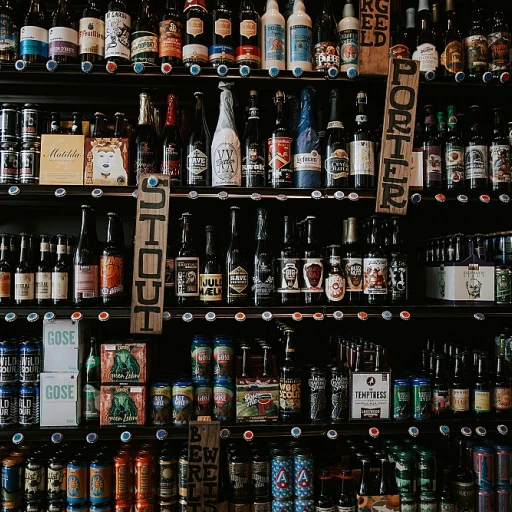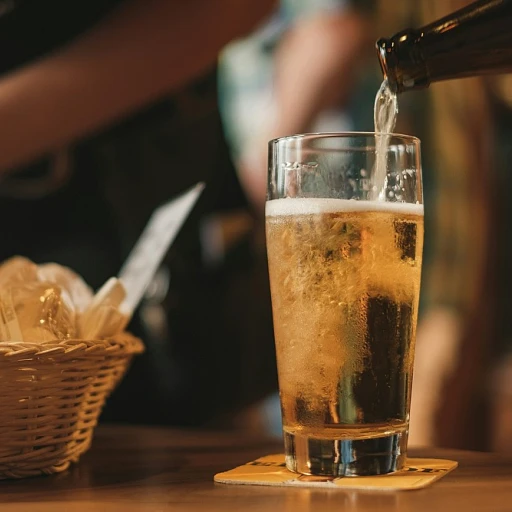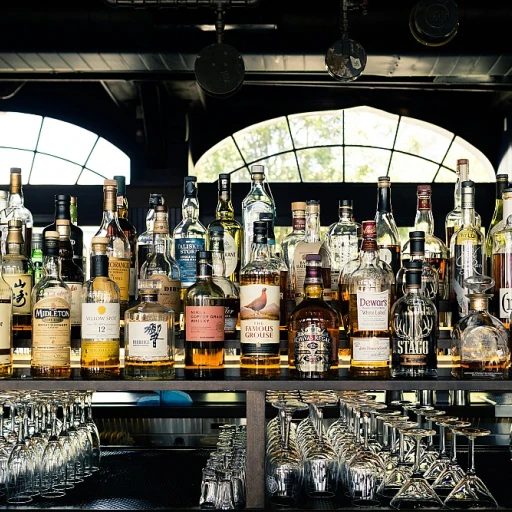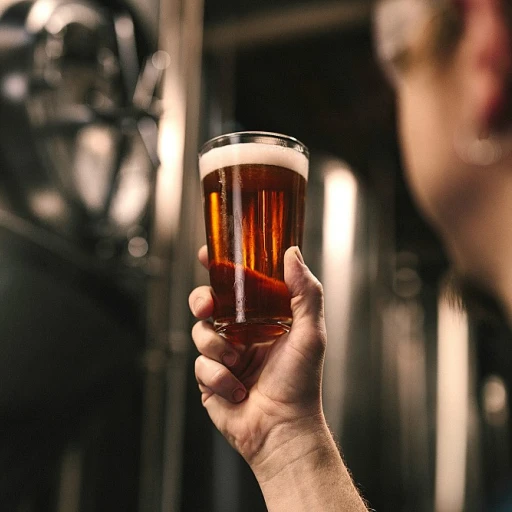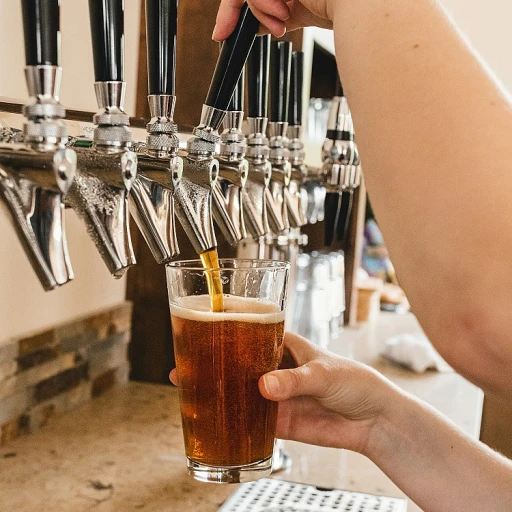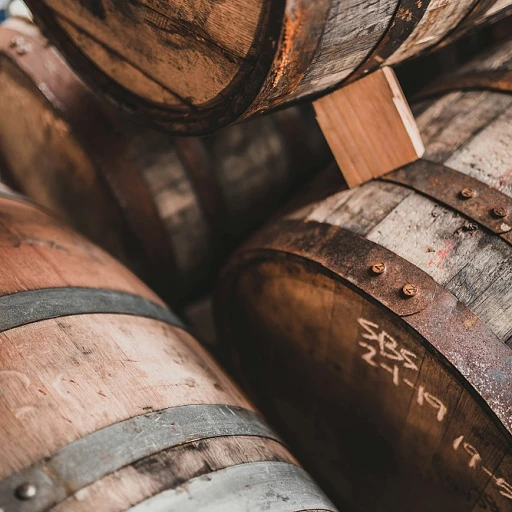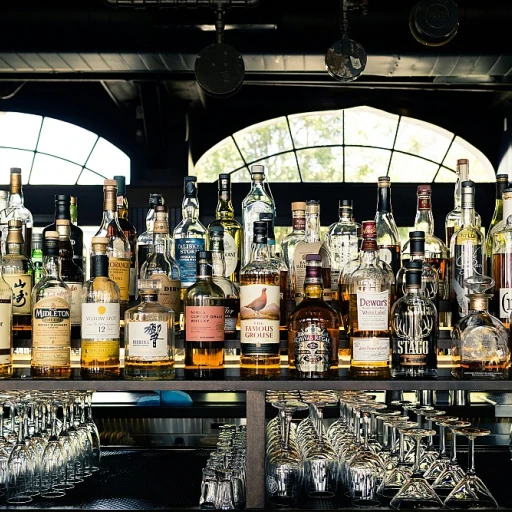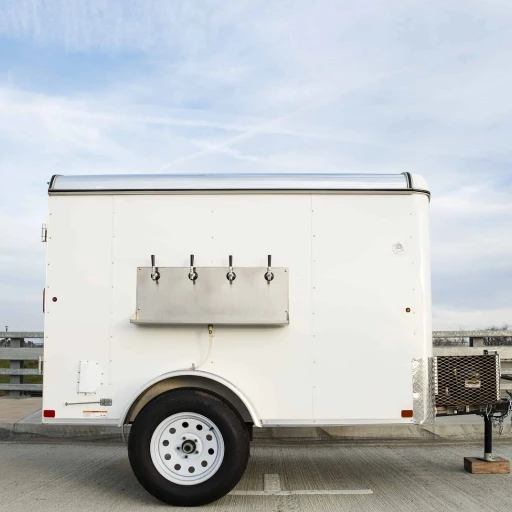
Understanding pint ale calories and what affects them
What influences the calorie count in a pint of ale?
When you pour yourself a pint of ale, you might wonder how many calories are in your glass. The answer depends on several factors, making the calorie content of ale more complex than it first appears.
- Alcohol by volume (ABV): Higher ABV means more alcohol, which increases calorie content. Alcohol itself is calorie-dense, so stronger ales will naturally have more calories.
- Ingredients: The types and amounts of malt, hops, and any added sugars all play a role. Malt-heavy ales tend to be richer in both flavor and calories.
- Serving size: A standard pint (about 16 ounces) is the usual measure, but keep in mind that larger pours or stronger beers can quickly add up.
- Fermentation process: Some brewing methods leave more residual sugars in the beer, which can increase the calorie count.
Understanding these factors helps you make informed choices, whether you’re comparing different beer styles or looking for lighter options. If you’re interested in how certain ales stand out for their finish and drinkability, check out this easy finish double IPA for a unique example.
Next, we’ll look at how ales stack up against lagers and IPAs when it comes to calories, so you can see where your favorite pint fits in.
Comparing calories in ale, lager, and ipa beers
How do ale, lager, and IPA calories stack up?
When choosing a pint, it's helpful to know that not all beers are created equal when it comes to calories. The style of beer you pick can make a noticeable difference in your calorie intake.- Ale: Traditional ales tend to have a moderate calorie count. They are often malt-forward, which can add some extra calories compared to lighter styles.
- Lager: Lagers are usually lighter in both flavor and calories. Their crisp, clean profile often means fewer residual sugars, making them a popular choice for those watching their calorie intake.
- IPA: India Pale Ales (IPAs) are known for their bold hop flavors and higher alcohol content. This often translates to more calories per pint compared to standard ales and lagers.
Alcohol content, abv, and calorie count: the connection
The role of alcohol by volume (ABV) in calorie content
When looking at the calorie count in a pint of ale, one of the most important factors is the alcohol by volume, or ABV. The higher the ABV, the more alcohol is present in the beer, and this directly impacts the number of calories. Alcohol itself is calorie-dense—providing about 7 calories per gram—so even if two ales have similar ingredients, the one with a higher ABV will almost always have more calories per pint.
- Higher ABV = More Calories: Strong ales, imperial styles, and barleywines tend to have higher ABVs, which means more calories per serving.
- Lower ABV = Fewer Calories: Session ales and lighter styles often have lower ABVs, resulting in a lighter calorie load.
It's not just the alcohol that adds to the calorie count. Residual sugars left over from the brewing process can also contribute. However, alcohol remains the main driver. This is why some alcohol-free or low-alcohol beers are popular choices for those watching their calorie intake—they cut out a significant source of calories by reducing or removing the alcohol content.
If you are interested in flavorful, lower-calorie alternatives, some ready-to-drink beverages like Caribe Cooler offer a refreshing option with tropical flavors and a lighter calorie profile.
Understanding the relationship between ABV and calories can help you make informed choices, whether you are selecting a classic ale or exploring lighter, alcohol-free options.
Tips for choosing lower calorie beers, including alcohol free options
Simple ways to enjoy beer with fewer calories
- Check the ABV: Lower alcohol by volume (ABV) usually means fewer calories. When browsing the beer menu, look for ales with a lower ABV if you want to cut down on calories.
- Try alcohol-free or low-alcohol ales: These options have become much more flavorful and satisfying. They often contain significantly fewer calories than their full-strength counterparts, making them a smart choice for calorie-conscious drinkers.
- Opt for lighter styles: Pale ales, session ales, and wheat beers tend to have fewer calories than strong, high-ABV ales or rich stouts. If you’re unsure, ask your bartender or check the brewery’s website for nutrition details.
- Watch your pour size: A pint is the standard, but some venues offer smaller servings. Choosing a half-pint or a tasting glass can help you enjoy the flavor while keeping your calorie intake in check.
- Read the label: Many breweries now include calorie information on their packaging or websites. This makes it easier to compare options and make informed choices.
Remember, the calorie content in your pint of ale is influenced by the style, strength, and serving size. With a little attention to these details, you can still enjoy your favorite brews while keeping an eye on your calorie goals.
Real calorie counts: examples from popular beers
Popular pints: calorie counts you should know
When you’re choosing a pint of ale, it helps to know how many calories you’re actually drinking. Here are some real-world examples from well-known beers, so you can make informed choices at the bar or shop:- Bass Pale Ale: Around 180 calories per pint (568 ml). This classic English ale is moderate in strength and calories, making it a common choice for those who want a traditional pint.
- Fuller’s London Pride: Approximately 210 calories per pint. This popular bitter is a bit richer, which is reflected in its slightly higher calorie count.
- Guinness Draught: About 200 calories per pint. Despite its dark color and creamy texture, Guinness is not as heavy in calories as many expect.
- Sierra Nevada Pale Ale: Roughly 250 calories per pint. American pale ales like this one tend to have a higher ABV and more malt, which means more calories.
- Alcohol-free ales: These can range from 60 to 100 calories per pint, depending on the brand and recipe. They’re a great option if you want to cut back on both alcohol and calories.

